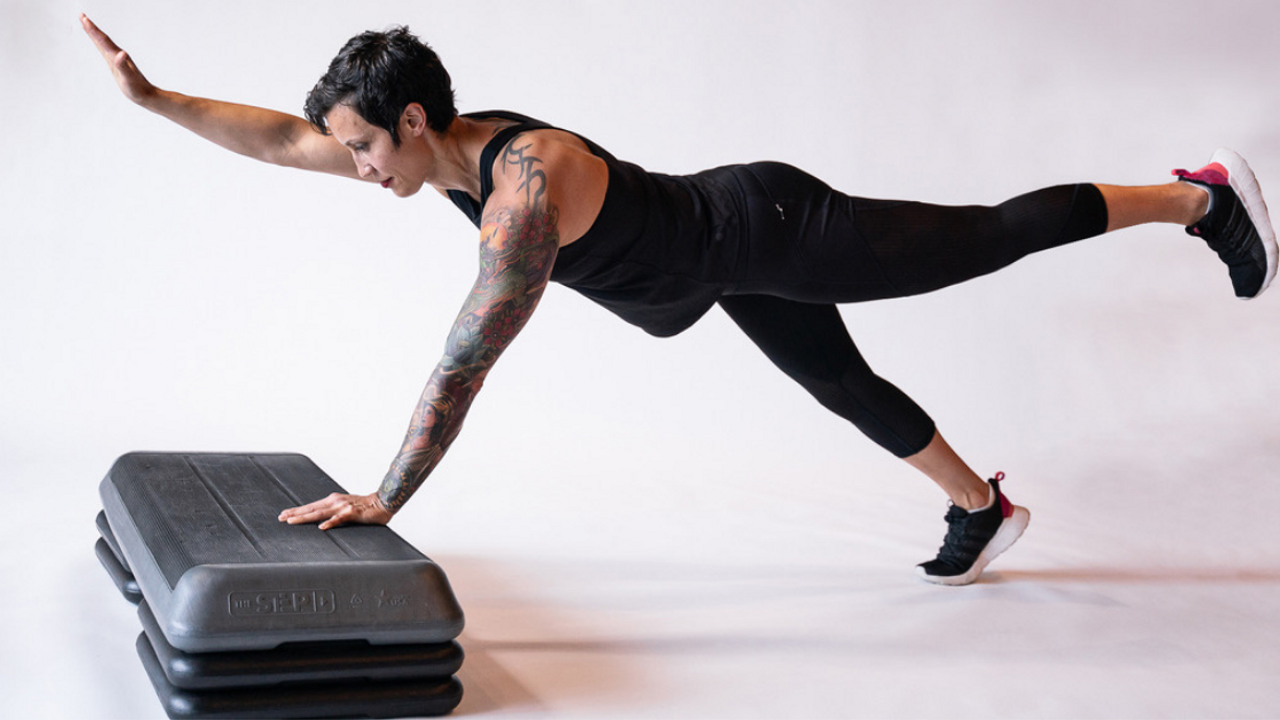Menopause Fitness Moment: Unilateral Training
Apr 12, 2021
Once you go unilateral, you can’t go back. Unilateral training means using only one arm or leg at a time while bilateral training would be using both. Bilateral is by far the most-used type because it provides more stability and therefore tends to be “easier”. I say easier because it provides less of a balance challenge but it’s definitely not easier if you increase the weight. Bilateral movements are also the best and safest way for beginners to build a solid foundation before moving on to more challenging moves.
Benefits of unilateral training:
- Training one side can cause an increase in strength on the other side. Sounds too good to be true but the research is quite abundant on this. This phenomenon is called cross-education. The greatest effects for CE appear to be workouts that consist of 3-5 sets of 8-15 repetitions and 1-2 min rest between sets.
(1) Increased core engagement. By loading only one side of your body, a lot of stabilization has to occur. The muscles involved in stabilizing the spine, pelvis, and kinetic chain, include the deep lumbar spine stabilizers (also known as “postural” muscles), abdominal muscles, posterior muscles of the lower- and middle back, and hip muscles. You can read more about the importance of the core here.
(2) More muscles engaged to stabilize and balance the body = more overall muscle engagement!
(3) Improvement in memory and spatial cognition. The greater the balance challenge of the unilateral movement is, the more effective it will be for the brain. Studies have shown that balance training can have significant effects on memory and cognition. Here are a few examples of exercises that are unilateral but also challenge your balance, and therefore your brain.
- Single-leg DB curl
- Single-leg Romanian deadlift to single-arm shoulder press
- Single-leg BOSU side lunge
- Check out my YouTube for ideas on how to incorporate unilateral movements.
I am a huge fan of unilateral training and use it in all of my workouts. My aim is to challenge my body and brain as much as possible during my workouts, which is why I add many 1-legged movements or unilateral work on a BOSU ball or cable machine. It is important to note that not all unilateral movements present a big balance challenge. For example, doing a 1-armed shoulder press while sitting will not be as challenging as standing on one leg while performing the same exercise.



